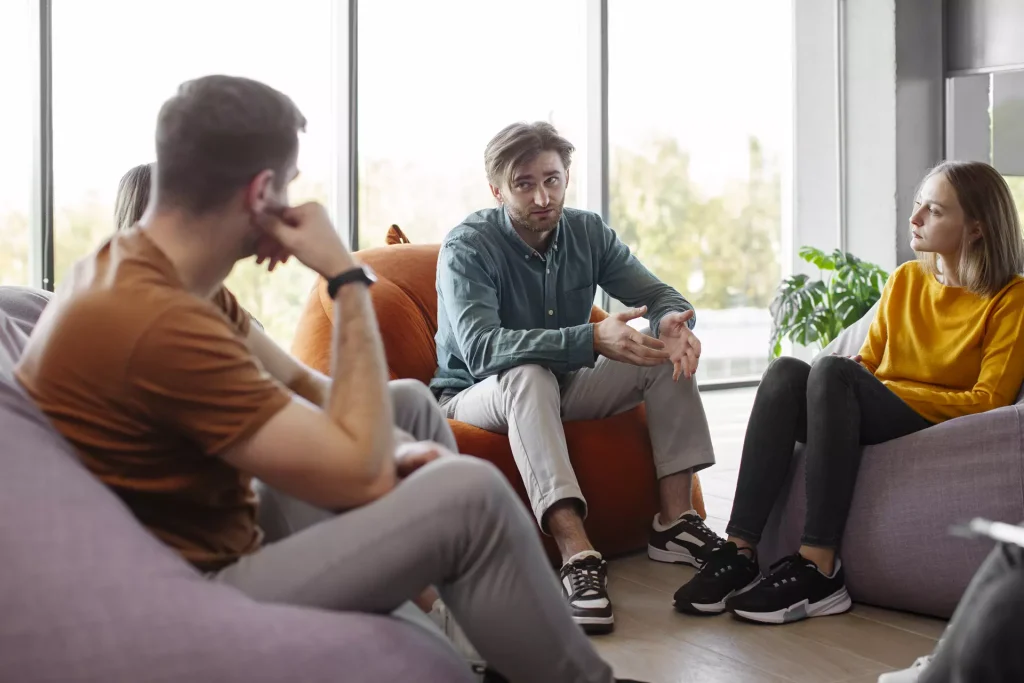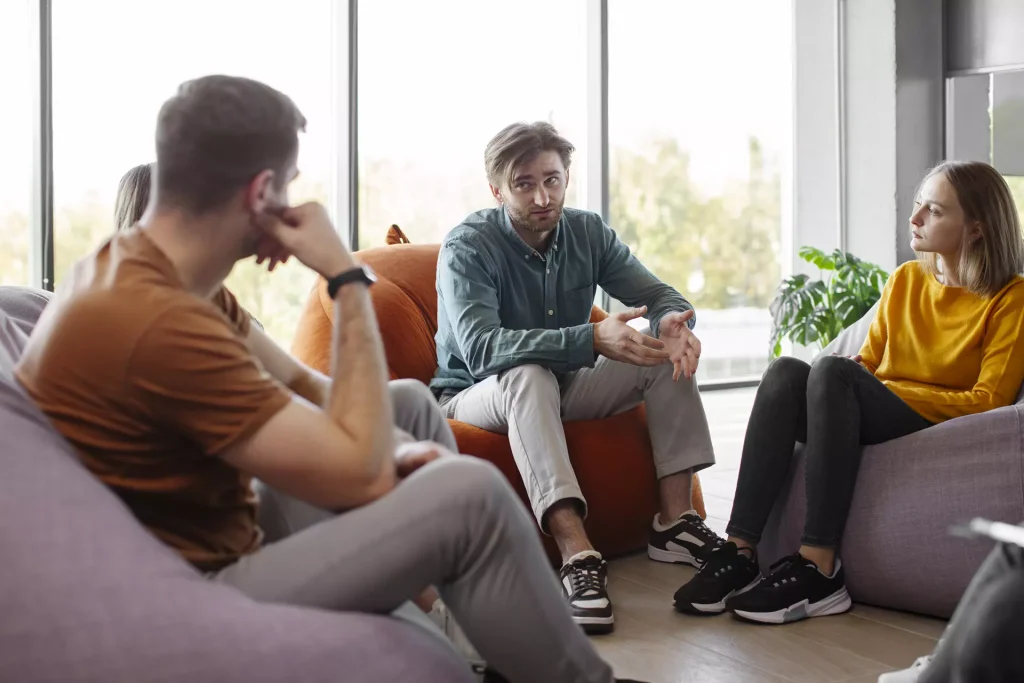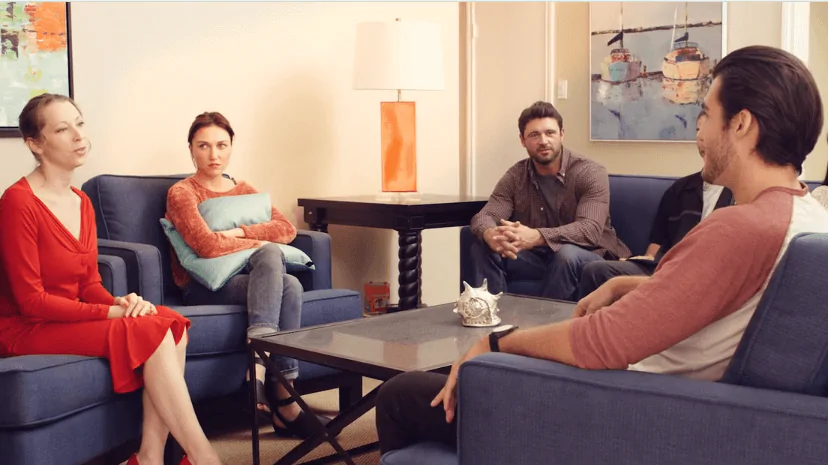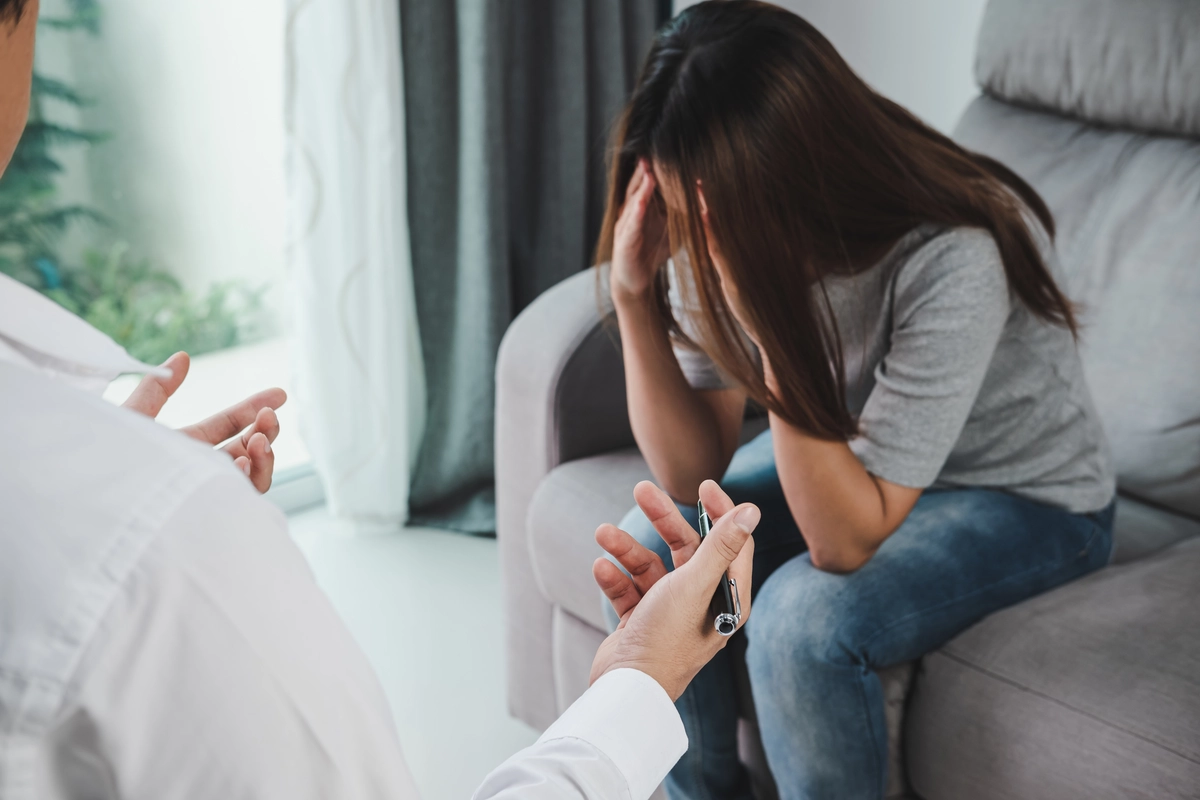24/7 Helpline:
(866) 899-111424/7 Helpline:
(866) 899-1114
Other Insurance Options

State Farm

Sutter

Regence

Kaiser Permanente

MHNNet Behavioral Health

Carleon

MVP Healthcare

PHCS Network

United Health Care

Health Partners

Ceridian

Multiplan

Sliding scale payment assistance

Ambetter

CareFirst

BlueCross
Beacon

Health Net

GEHA

WellCare Health Plans


New Ulm Medical Center – Substance Abuse
New Ulm Medical Center – Substance Abuse is a private rehab located in New Ulm, Minnesota. New Ulm M...

Nova House Intensive Residential Treatment Services
Situated in New Ulm, Minnesota, Nova House Intensive Residential Treatment Services (IRTS) is a drug...








































